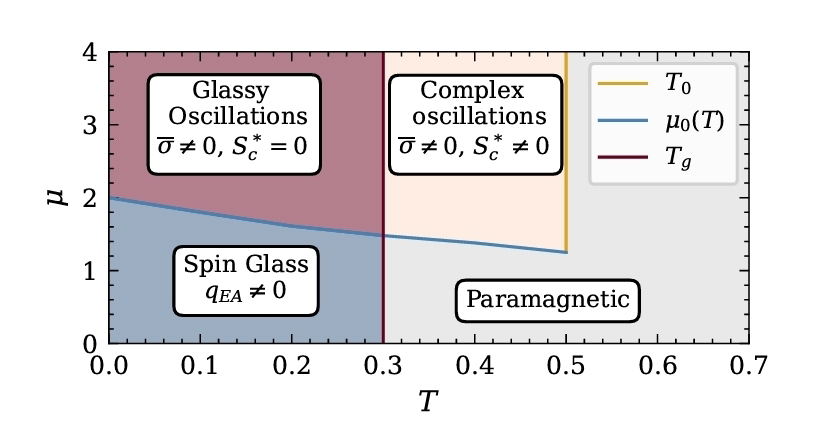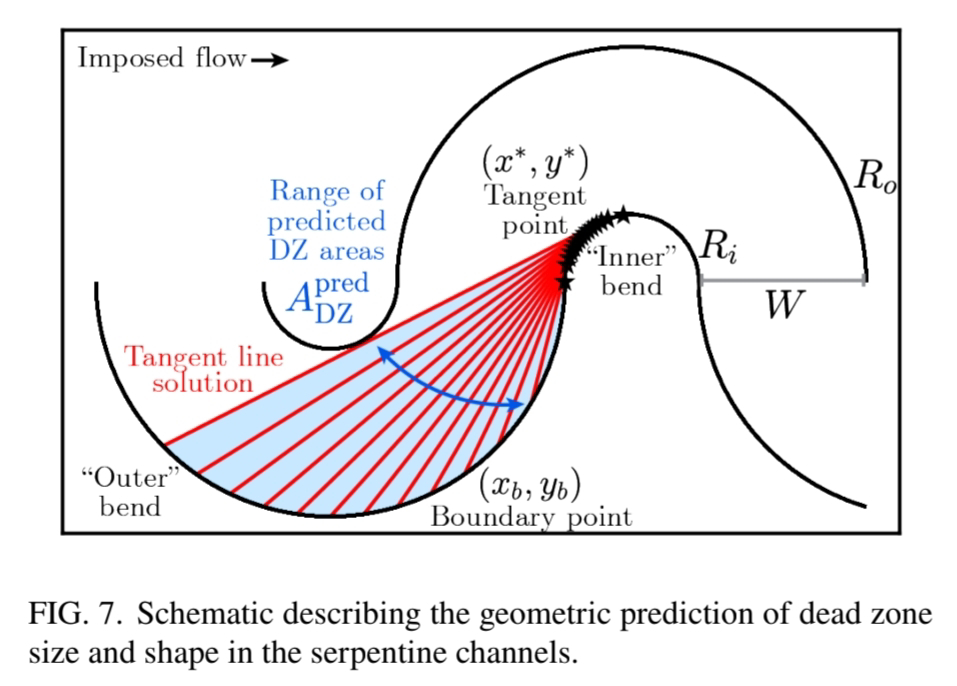<< ️(AA) investigate the role of inertia in the asynchronous state of a disordered Kuramoto model. (They) extend an iterative simulation scheme to the case of the Kuramoto model with inertia in order to determine the self-consistent fluctuation statistics, specifically, the power spectra of network noise and single oscillators. >>
<< ️Comparison with network simulations demonstrates that this works well whenever the system is in an asynchronous state. >>
<< ️(AA) also find an unexpected effect when varying the degree of inertia: the correlation time of the oscillators becomes minimal at an intermediate mass of the oscillators; correspondingly, the power spectra appear flatter and thus more similar to white noise around the same value of mass. (They) also find a similar effect for the Lyapunov spectra of the oscillators when the mass is varied. >>
Yagmur Kati, Ralf Toenjes, Benjamin Lindner. Effects of inertia on the asynchronous state of a disordered Kuramoto model. Phys. Rev. E 112, 044301. Oct 6, 2025.
Also: network, noise, order, disorder, disorder & fluctuations, transition, in https://www.inkgmr.net/kwrds.html
Keywords: gst, networks, noise, order, disorder, fluctuations, inertia, asynchronous states, transitions, Kuramoto model.










